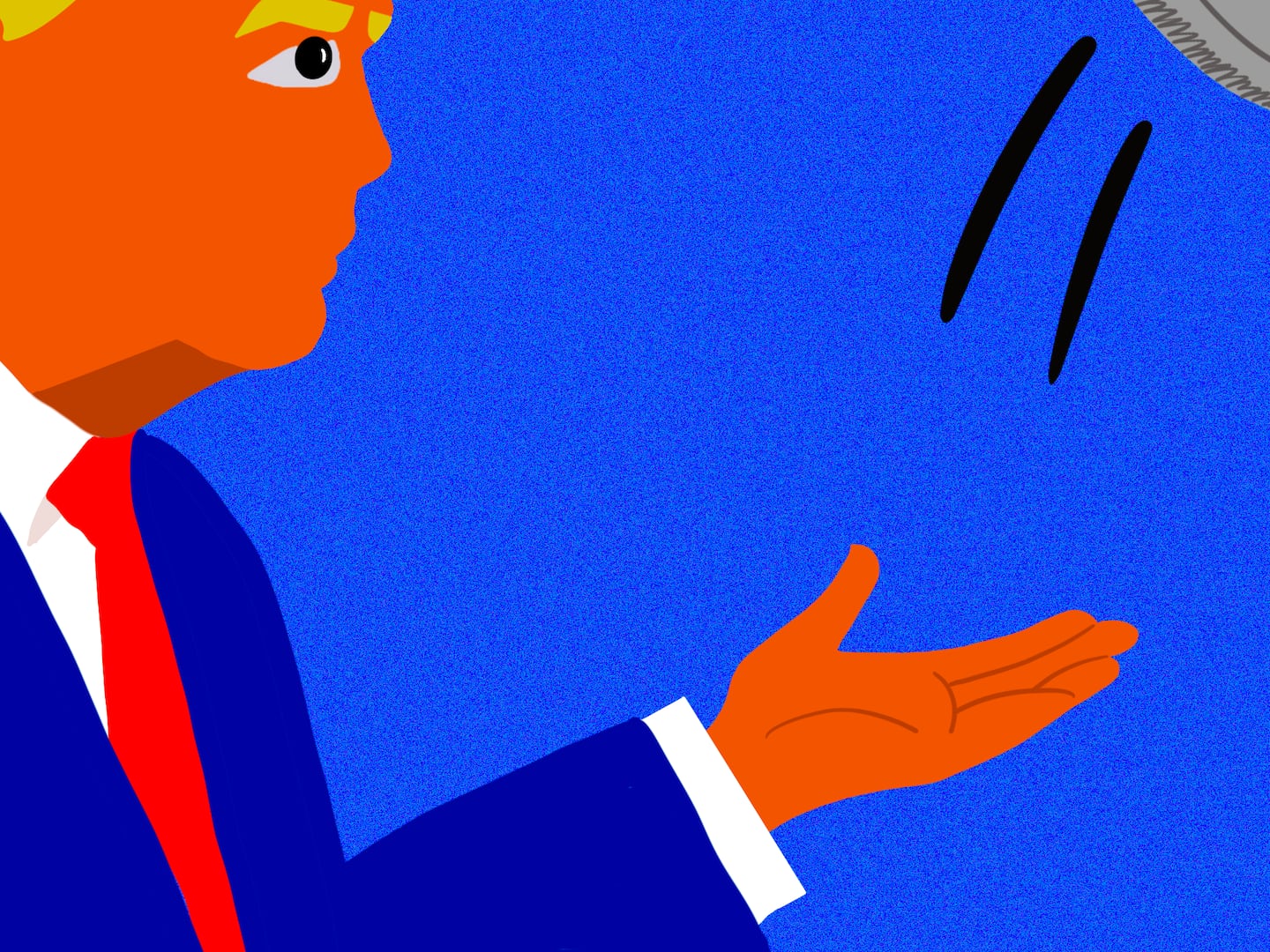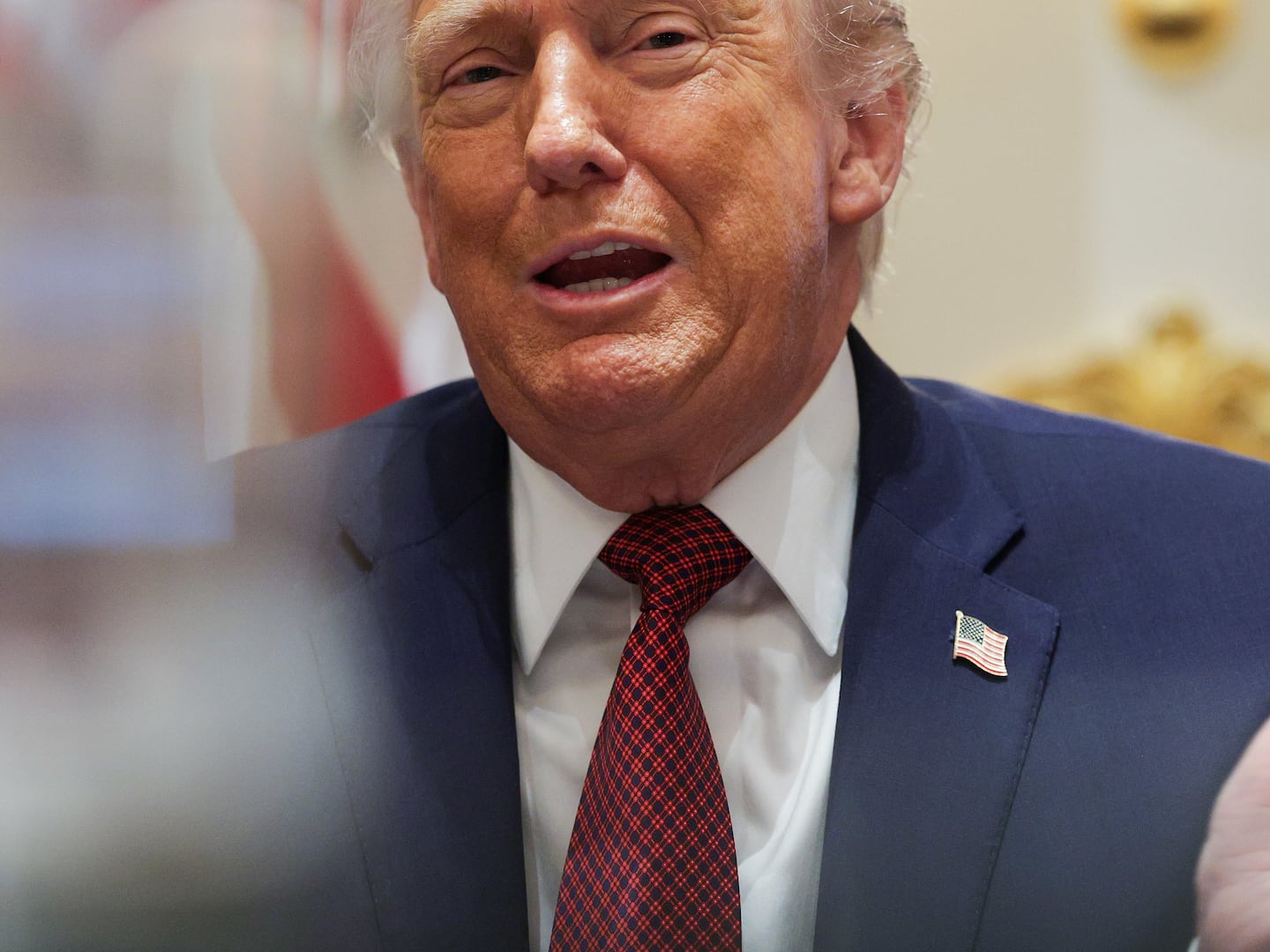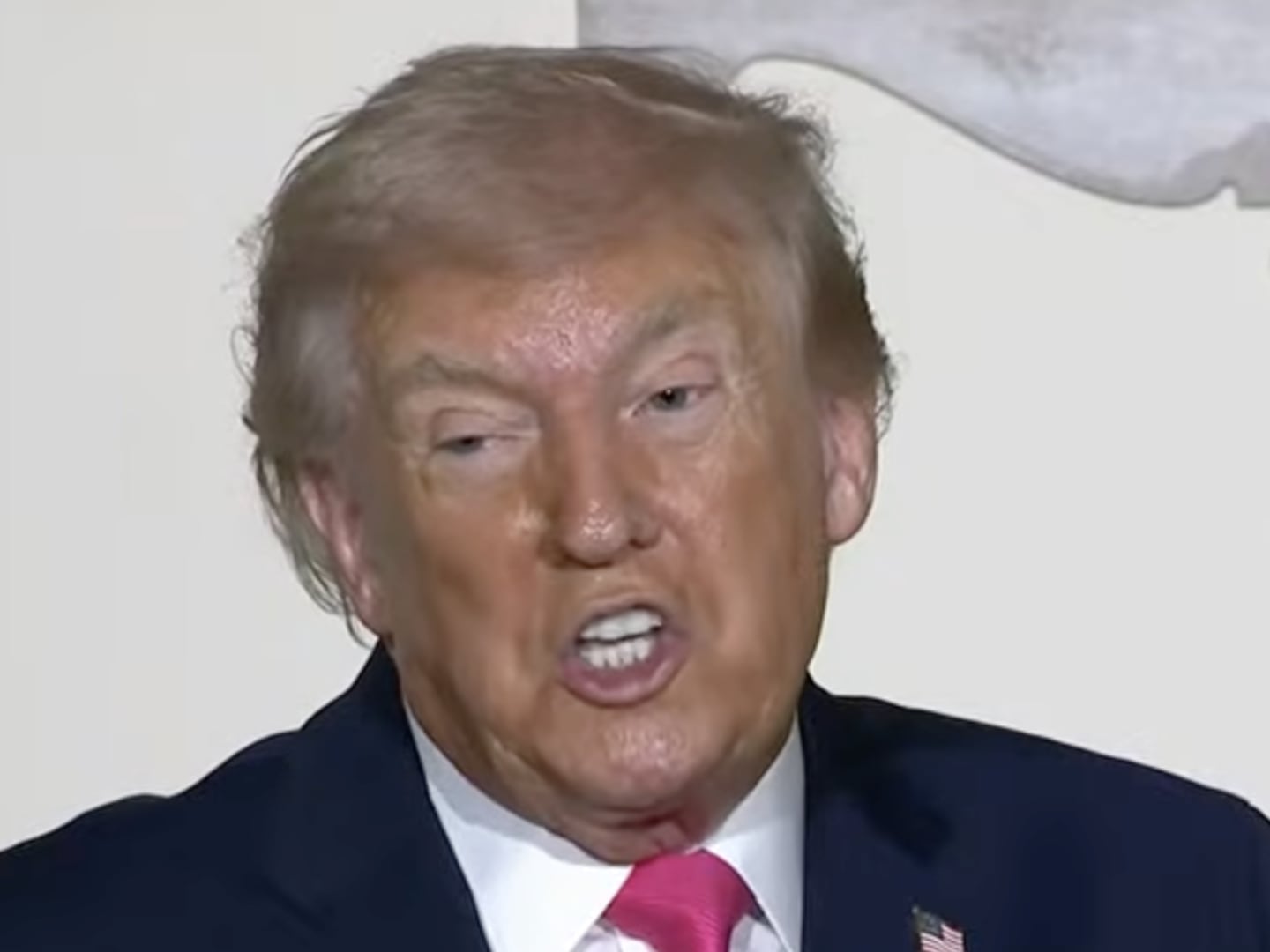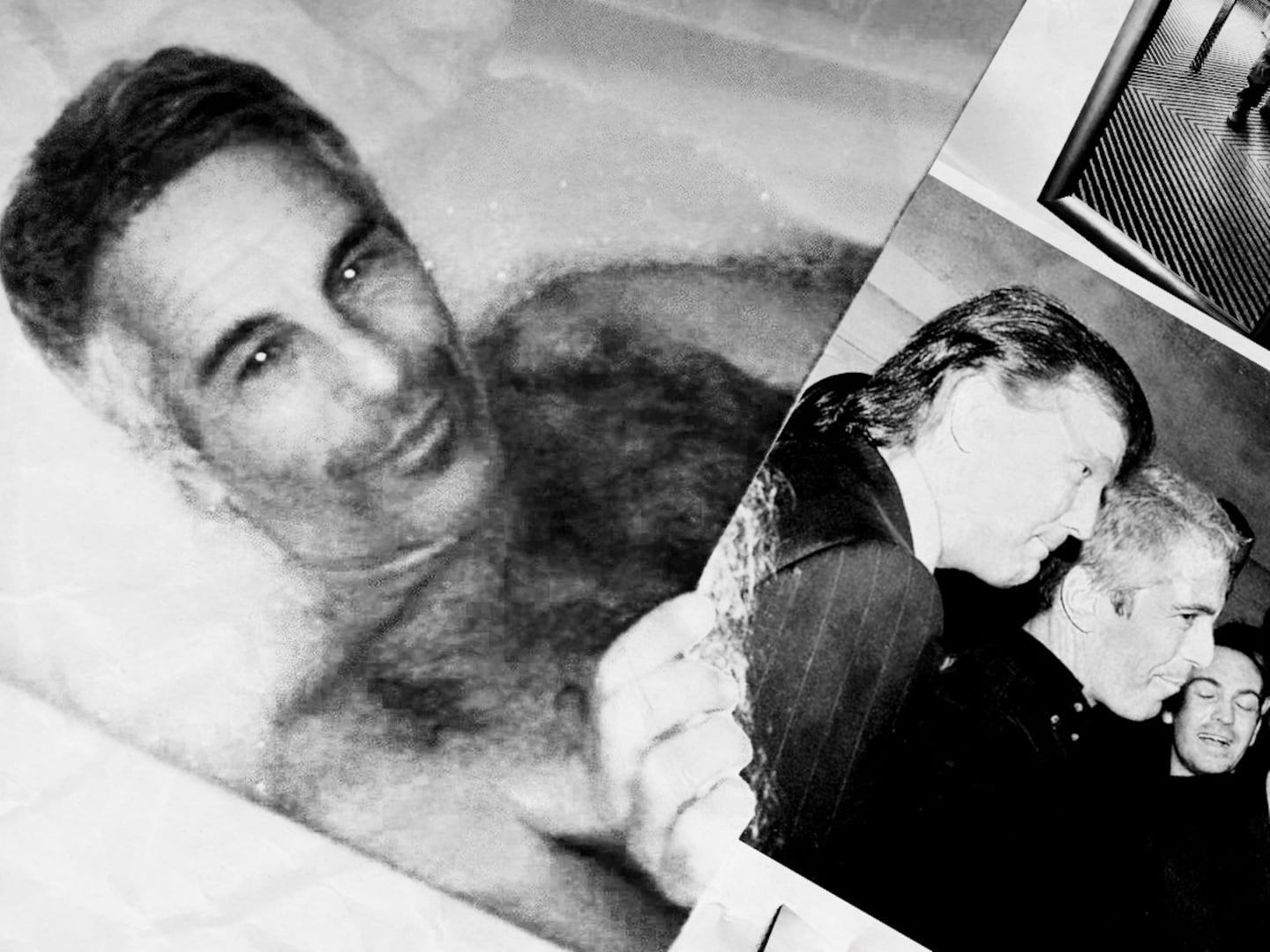Tuesday night, CNN’s Kyra Phillips spent an hour looking at atheists in America. She followed a nonreligious student at the University of North Georgia who had friction with his religious parents, and she interviewed Richard Dawkins (who seems to be softening with age, if only slightly). Phillips visited a pastor who left his church to start an atheist congregation, and she spoke to another pastor who had lost his faith but still preached every Sunday—he had “a very dark secret,” Phillips narrated with melodrama: “He’s an atheist.”
Accordingly, the preacher’s face was blacked out and his voice masked.
One couldn’t help walking away from the program with the sense that atheists are a roughly unified group. They might have a lot of different labels, but they’re alike in what matters. Phillips spoke with Greg Epstein, a humanist chaplain at Harvard and author of The New York Times best-selling book Good Without God, and when she asked him about all the different labels nonbelievers tend to use—atheists, humanists, agnostics, skeptics, free thinkers, and so on—Epstein replied, “It’s all one community.” Epstein and I tend to ideologically align more so than not, but here we disagree.
There is no community representative of atheists and nonbelievers, as such. There are communities of atheists with certain social and political goals, and this difference matters.
The program was bookended by interviews with David Silverman, the president of American Atheists, and it’s hard to think of an organization that’s less representative of the average atheist in America. Silverman is brashly anti-religious and a self-described firebrand, but most atheists aren’t. According to research from the University of Tennessee at Chattanooga, anti-theists, or atheists who are actively opposed to and against religion, only make up one out of seven nonbelievers (and even this figure is likely inflated given sampling bias; the respondents to the survey were recruited from existing atheist groups and blogs, which surely underrepresent apathetic and less committed nonbelievers). The majority of America’s atheists, then, seem to have little say in how they’re represented. The loudest voices speak for them, and those voices are eager to cram as many under their umbrella as possible.
During the program, Silverman made a few factual errors that should bother even the most ardent atheist. Early on, he said that one in three Americans under the age of 30 is an atheist, but even under the loosest, most awkward definition of an atheist (someone who doesn’t believe in any god or gods), the actual number is off quite a bit. Thirty-two percent of millennials are unaffiliated, meaning they say they don’t belong to any particular religious group. That doesn’t make them atheists, though—86 percent of unaffiliated millennials say they believe in God, meaning only about 5 percent of millennials are atheists (though, according to Pew, only 3 percent identify as such). It’s understandable to make this slip-up once or twice, but Silverman has been corrected on this basic oversight for about four years. After so long, it’s hard not to suspect that the mistake is calculated.
Silverman also made the startling claim that no group in America faces as much hatred as atheists. “People don’t realize how downtrodden atheists are,” Silverman told Phillips. “The fact is we’re the most hated group in the country.” Anyone paying attention to any headline in 2015 should wonder how someone could possibly believe something so alarmingly tone deaf and indefensible, let alone say it on national television.
The empirical support for this idea is practically nonexistent. One study here says that most people wouldn’t vote for a presidential candidate who was an atheist or a Muslim; another study there says Americans rate atheists and Muslims at about a four out of 10 on a scale of warmth. That’s really about it.
If this limited support weren’t enough, it’s telling that atheists like Silverman seem to forget that Muslims are about on par with atheists on all of these measures, yet the Silverman crowd seem to suggest it’s only atheists who are the most hated. It’s hard to imagine, though, that you would see thousands of people protesting outside any of the atheist congregations and groups CNN visited, but that’s exactly what we saw at a Muslim conference in Texas this past January.
Contrast unpersuasive poll data with the three Muslims killed in Chapel Hill and the one killed in Texas this year. Contrast it with the seven trans women who were murdered in the first two months of 2015. Looking more broadly at the FBI’s statistics on hate crimes from 2013 (the most recent year I could find), 48.5 percent of all hate crimes were based on race, 20.8 percent were based on sexual orientation, and 17.4 percent were based on religion. Of the 1,340 victims of anti-religious hate crimes, 62.4 percent were Jewish, 11.6 percent were Muslim, 6.4 percent were Catholic, and only 0.9 percent were nonreligious. Less than a fraction of 1 percent of hate crimes were committed against the group Dave Silverman says is the most hated in the country. If only all hated minorities could be so lucky.
It’s no doubt laudable to portray atheists in a sympathetic light and to tell their stories, because atheists really are misunderstood in America and many groups, particularly humanist ones, are doing great work. While the voices CNN chose to highlight might help clear up the more radical misconceptions—that atheists are synonymous with Satanists, for example, which was referenced strangely often—I don’t think anyone walked away from that show having a good idea of what the average atheist in America is actually like. Even more, the lack of diversity was startling—except for Vanessa Zoltan, the assistant humanist chaplain at Harvard, every atheist interviewed for the special was a white man. To my count, there were only two people of color in the entire program, and they were both seen only briefly in the background.
Nonreligious Americans are a broad and diverse group that doesn’t fit into a box as narrow as the one built by American Atheists and shown by CNN. Kyra Phillips called Silverman “a legend in the atheist world,” but that’s not a world most atheists are a part of, least of all me. I watched the program with two close friends, both atheists, and they noted how completely weird and alien the atheism presented felt to them. Atheism wasn’t anything central or defining to those friends’ identity; it wasn’t something they felt a need to organize around.
Silverman said anyone identifying as a humanist was just an atheist lying to himself or herself and afraid to use the word “atheist.” I don’t think that’s true, and I think there’s something genuinely positive about humanism worth organizing around (disclosure: I’m on the board of directors for the Yale Humanist Community). The atheist movement right now is a small fraction of a small fraction of Americans, often reactionary by necessity. As nonbelievers in America become more open and better represented, there’ll be more space to see atheists as they really are. Chris Stedman, a close friend of mine and the director of the Yale Humanist Community, said in a recent interview that one of his biggest priorities for creating this space “is to do a lot of listening and learning.” CNN’s documentary was a good start, but there’s a lot of listening and learning left to do.





